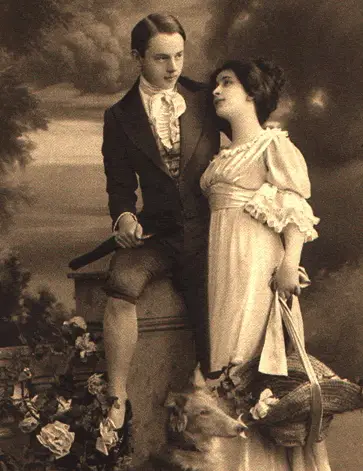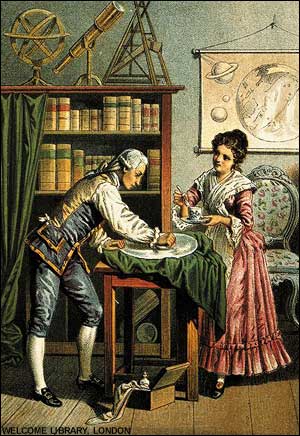What is Romanticism?
Romanticism was a movement in the arts and literature which originated in the late 18th century, emphasizing inspiration, subjectivity, and the primacy of the individual.
Romanticism, as a concept, became more widespread in origin as well as in influence as compared to the Enlightenment movement which initially started on a smaller level later resulting into a massive movement. There hasn’t been any intellectual movement which had such a reach surviving till the end of the Middle Ages.

When was the beginning of Romantic period?
Scholars believed that the commencement of the Romantic period was in 1798 after the publication of Lyrical Ballad by William Wordsworth and Samuel Coleridge had two entirely different approaches towards romance. While Coleridge took recourse to supernatural ways of discovering romance making unlikely plots believable while Wordsworth adopted real, down to earth characters which were taken from the real life like in The Idiot Boy.
Having said so, it cannot be denied that there were traces of this period emerging even before Wordsworth and Coleridge in Robert Burns and William Blake’s poems came on the horizon. Some of the second-generation poets of the romantic period were included Lord Byron, John Keats, and Percy Shelley. By the time, these second generation writers penned their way to the literary history were on the edge of the French Revolution.

Romanticism factors
There are a few factors which are considered to have heralded the origin of this period. Some of the factors are: The Folklore and Popular Art of Germany in the mid 18th century during which scholars like Johann Gottfried von Herder studied folk songs while in England Joseph Addison and Richard Steele treated old ballads like poems.
Secondly, Nationalism also contributed to this movement. French paintings which depicted the political struggle were later used as inspiration from national folk music. Thirdly, the rise and popularity of William Shakespeare also fuelled this whole movement. Romantics considered him as the essence of folk poetry.
Gothic romance
Gothic romance distinctly contributed to this movement with the first being Horace Walpole’s Castle of Otranto. This was further popularized by writers like Ann Radcliffe and M.L.Lewis subsequently spreading to France and then to the United States of America. Lastly, religion, as well as individualism, also helped in the spread of the Romantic movement.
There have been scholars who have tried distinguishing between the Romantic and Victorian Ages. However, to put in simple words, the Victorian Age is considered to be a predecessor of the Romantic movement.
However as observed in other eras, the writers did not turn to politics but turned towards nature for attaining self-fulfillment by embracing novel methods of expressing their feelings and imagination. Also, this time, the focus shifted from the head to reasoning stressing the importance of individual freedom and from perfection to acknowledging the beauty of the imperfect.
After judging this movement, it can be safely said that the Romantic movement was not a coherent movement like the Enlightenment. The reason for the same being that this movement was not a very well organized which made Enlightenment more successful as a movement.